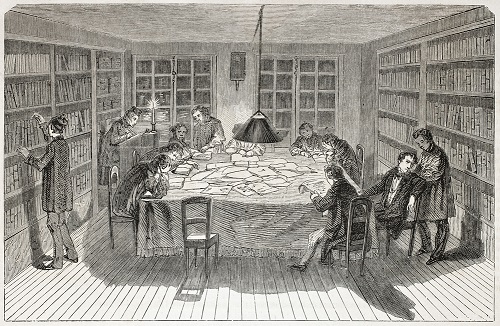Exploring Ideas
The purpose of the OLL is to promote interest in and understanding of the ideal of a society of free and responsible individuals. In particular, we are concerned with ideas about individual liberty, limited constitutional government, free markets, and peace.
